Adho Mukha Svanasana, or Downward Facing Dog Pose, is one of the most popular and commonly practiced yoga poses. You’ll find it in many yoga sequences, especially in Surya Namaskar (Sun Salutation) and Vinyasa flow. This pose is a great mix of strength, balance, and flexibility. It extends the entire body as well as enabling you to relax and concentrate.
The name comes from Sanskrit—"Adho" implies downward, "Mukha" implies face, and "Svana" implies dog. The posture resembles the manner in which a dog naturally extends its body with the head downwards and hips upwards, hence it's named Adho Mukha Svanasana.
Sometimes it's also referred to as Adho Mukha Asana. This is a position that helps enhance energy levels and make you feel more grounded and connected with your breath. In this blog, we will cover everything there is to know about this potent pose—including 10 simple step-by-step instructions on how to perform Adho Mukha Svanasana, the numerous benefits of this pose, and ways in which you can make this pose more comfortable through variations such as Makara Adho Mukha Svanasana.
What is Adho Mukha Asana?
Adho Mukha Asana, or Adho Mukha Svanasana, is an inverted "V" shape pose done on hands and feet with the hips raised high. This asana is a transitional pose, resting pose, as well as strengthening posture. This asana stretches and revitalizes the entire body—particularly the spine, shoulders, hamstrings, and calves—yet enhances posture and circulation.
10 Steps for Adho Mukha Svanasana
Let’s break down Adho Mukha Svanasana steps into 10 clear instructions that you can easily follow:

Step 1: Start in Tadasana (Mountain Pose):- Start standing tall on top of your mat with your feet hip-width apart. Press down through all four corners of your feet. Have your arms at your sides, and lift through the crown of your head. Take 2–3 slow, deep breaths to center your body and quiet your mind.
Step 2: Come into Urdhva Hastasana (Upward Salute):- Breathe in, and very slowly lift both arms up overhead with palms together. Stretch the fingers towards the ceiling and sense the extension of the spine and torso. Release the shoulders and look up slowly.
Step 3: Move into Uttanasana (Standing Forward Bend):- Exhale and curve forward at the hips, keeping the back long. Allow your hands to drop toward the ground. You can bend your knees if your hamstrings are tight. Release the head and neck fully.
Step 4: Step Back into a Plank Pose:- Put your hands on the mat, shoulder-width apart. Step back one foot at a time until your body is in a straight line from head to heels. Activate your core muscles, firm the thighs, and stack your shoulders over your wrists.
Step 5: Press into Adho Mukha Svanasana (Downward Dog):- Exhale, tuck your toes under, and press your hips up and back. Aim to form an inverted V-shape with your body. Push the ground away with your hands and feet while keeping your arms and legs active and strong.
Step 6: Align Feet and Hands:- Shift your stance if necessary—hands shoulder-width apart and feet hip-width apart. Splay the fingers wide for the best support and push through all of the hand, particularly the index finger and thumb bases.
Step 7: Activate the Lower Body:- Lift your kneecaps by contracting your thigh muscles. Turn your inner thighs in slightly and push the tops of your thighs back. Attempt to lower your heels toward the mat, but don't worry if they don't meet—flexibility takes time.
Step 8: Engage the Upper Body:- Pull your shoulder blades down your back and away from your ears. Relax your head between your upper arms and look softly down toward your feet or navel. Don't round your spine—try to keep it long and firm.
Step 9: Hold the Pose and Breathe:- Hold the posture for 5 to 10 deep breaths. As you exhale with each breath, allow your spine to stretch and your heels to move closer to the ground. Use the breath to move deeper into the stretch while maintaining the pose stable and aware.
Step 10: Release Gently:- To exit the pose, move forward to a plank on an inhale or move your feet forward between your hands to come back to Uttanasana. Gradually roll to stand up on an inhale, raising your arms overhead, and then exhale back to Tadasana.
Read also:- 10 Benefits of 200 Hour YTT in Rishikesh
Alternative Method: Beginning in Tabletop Pose
For tight hamstrings or beginners, here is a different way to practice Adho Mukha Asana from Bharmanasana (Tabletop Pose):

- Begin in Tabletop: Hands under shoulders, knees under hips.
- Tuck toes and lift knees off the ground.
- Lift hips up and back into a "V" shape.
- Keep elbows slightly bent and evenly distribute weight.
- Look between legs or to the navel.
- Hold the posture for 5–8 breaths.
- Return gently to the Tabletop, and rest in Balasana (Child's Pose).
This variation is helpful for those who are investigating body alignment or experiencing wrist/shoulder sensitivity.
Adho Mukha Svanasana Benefits
Regular practice of Adho Mukha Svanasana yields a variety of physical and mental advantages:

- Engages the Upper Body:- It is an active pose that involves the arms, shoulders, and upper back in building strength and endurance over time. By putting weight on the hands, it builds stability and coordination in the upper body.
- Stretches the Spine and Legs:- Adho Mukha Svanasana provides a deep stretch in the spine, hamstrings, calves, and Achilles tendons. This loosens tightness in the back and legs, and it makes you more flexible and improves your range of motion.
- Enhances Blood Circulation:- Because the head is lower than the heart, this gentle inversion promotes new blood flow to the brain. This rejuvenates the body, refreshes the nervous system, and promotes good circulation in the body.
- Eases Back Pain and Tension:- By stretching the spine and relieving pressure on the lower back, this pose has the ability to ease minor backaches and stiffen the back. It's particularly helpful for individuals who sit or stand for extended periods.
- Increases Postural Awareness:- Downward Dog promotes proper alignment of the shoulders, hips, and spine. Through regular practice, it enhances your posture and body awareness, both on and off the mat.
- Calms the Mind and Relieves Stress:- When combined with deep breathing, this posture becomes a relaxing sanctuary. It quiets the mind, calms anxiety, and fosters inner balance and relaxation—making it perfect for emotional health.
- Strengthens and Tones the Core:- Despite being a neglected pose, the muscles of the core are strongly involved in this one to stabilize the spine and keep the body in balance. This helps to tone the abdominal area and tighten the support muscles for good posture.
Practicing Adho Mukha Svanasana Safely: Tips
- Warm up first: Prepare muscles, particularly hamstrings and shoulders.
- Use props as necessary: Blocks under hands or rolled blankets under heels may be helpful.
- Avoid strain: Avoid squeezing down heels or overextending.
- Use the core: This will assist in balance and spine protection.
- Breathe deep: Stay aware of the breath for grounding and relaxation.
Common Mistakes to Avoid
- Rounded back: Avoid collapsing in the upper back. Instead, lengthen the spine and engage shoulder blades.
- Locked joints: Keep a slight bend in knees and elbows to prevent hyperextension.
- Hanging head: Keep the neck relaxed but aligned with the spine. Avoid letting the head dangle.
Read Also:- Yoga Asanas Poses for Weight Loss
Final Thoughts
Whether you’re a beginner or a seasoned practitioner, Adho Mukha Svanasana is a powerful pose that integrates breath, strength, flexibility, and mindfulness. Practicing the 10 steps for Adho Mukha Asana with awareness can not only improve your physical health but also calm your mind and elevate your yoga practice.
Explore different variations like Makara Adho Mukha Svanasana to suit your body’s needs, and over time, you’ll feel the true transformative power of this incredible pose. So, roll out your mat, practice mindfully, and let Downward Facing Dog become your trusted companion on the path of yoga.








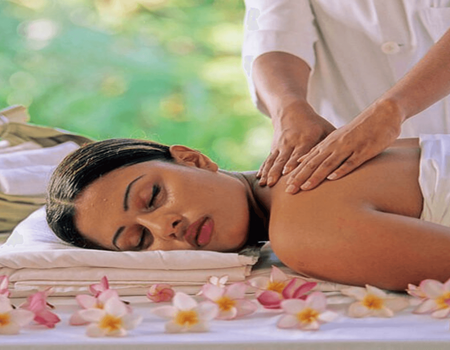
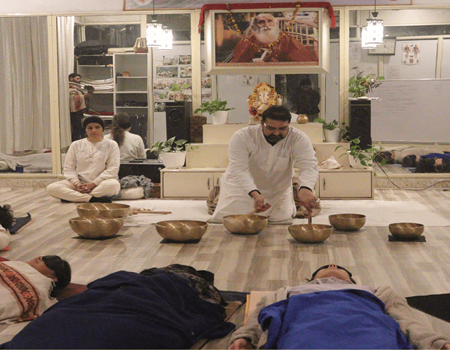
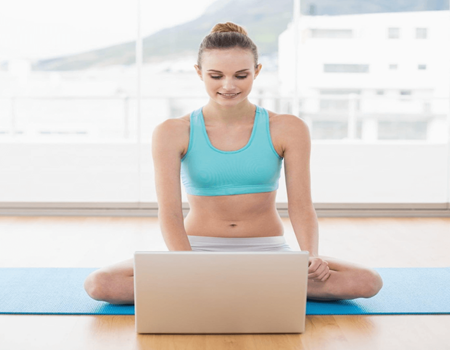
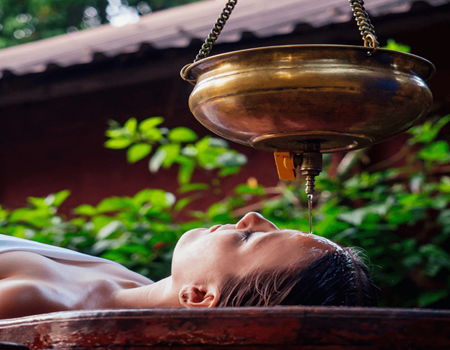
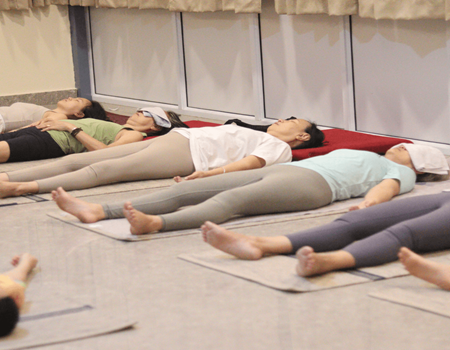
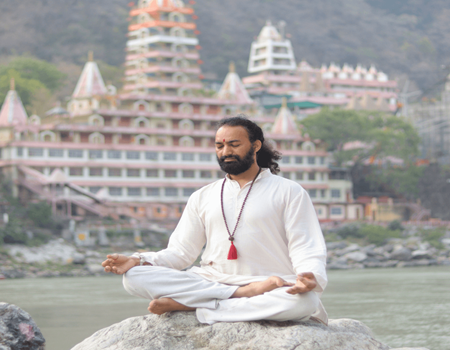
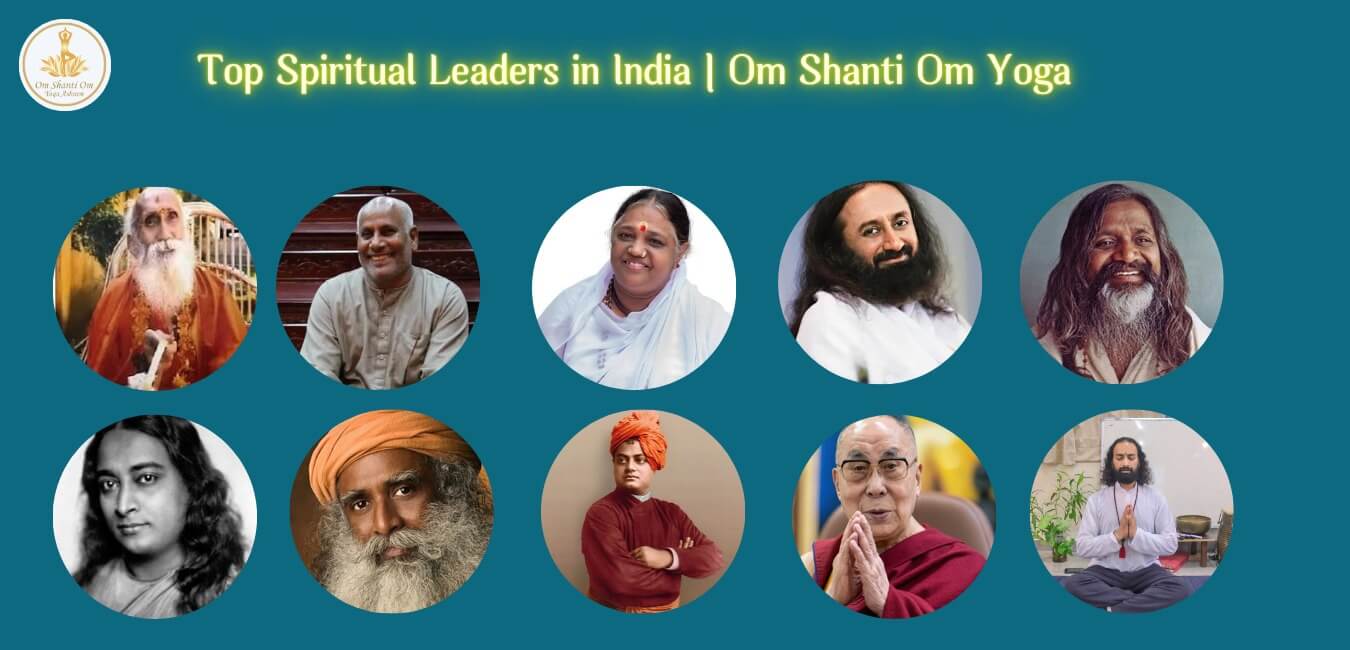

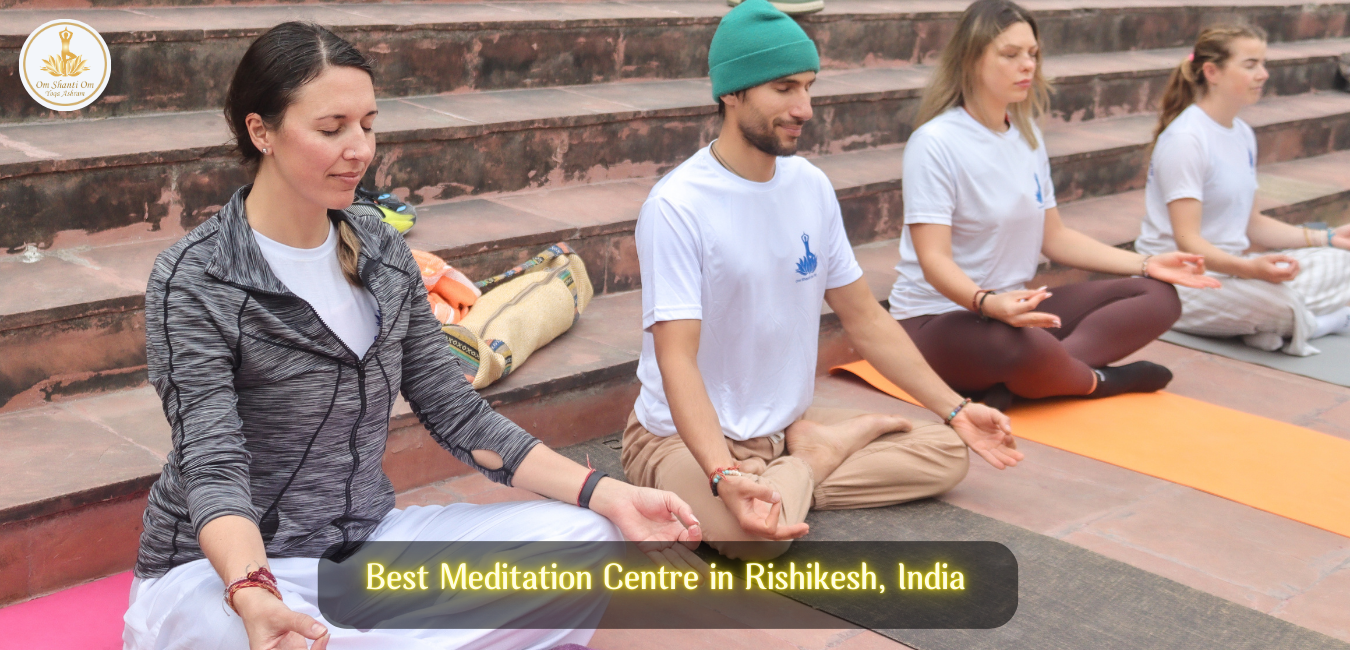
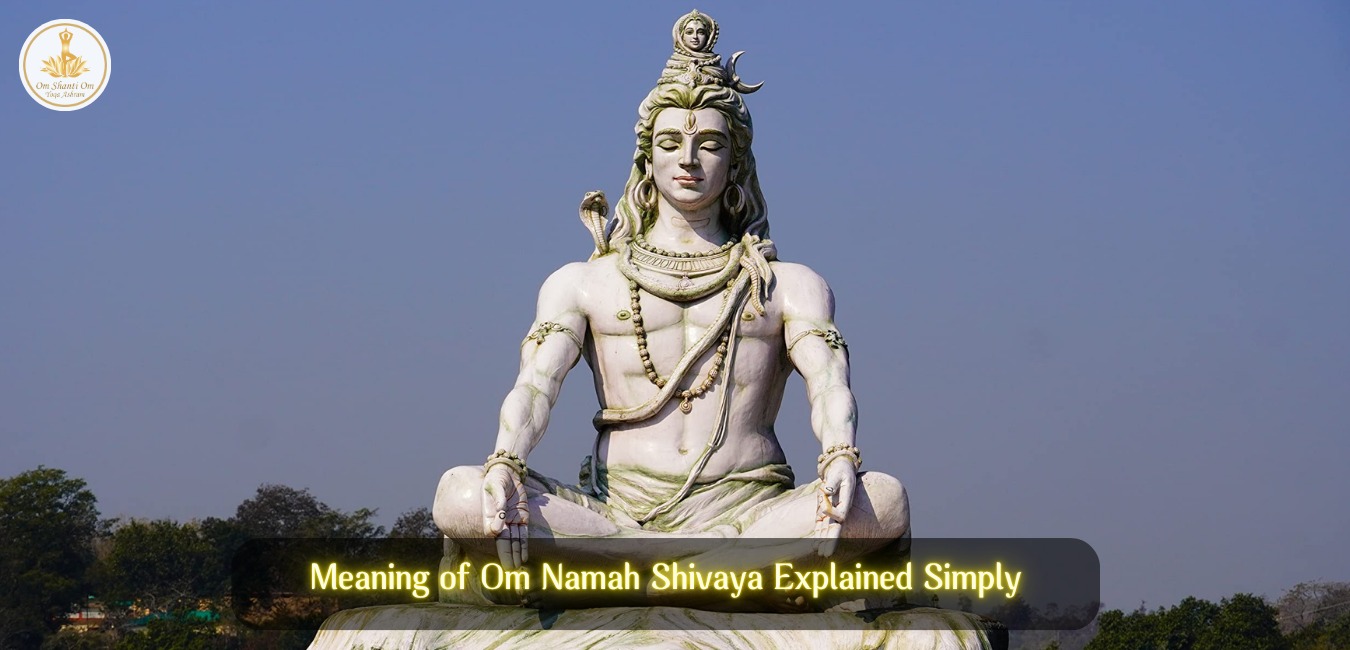
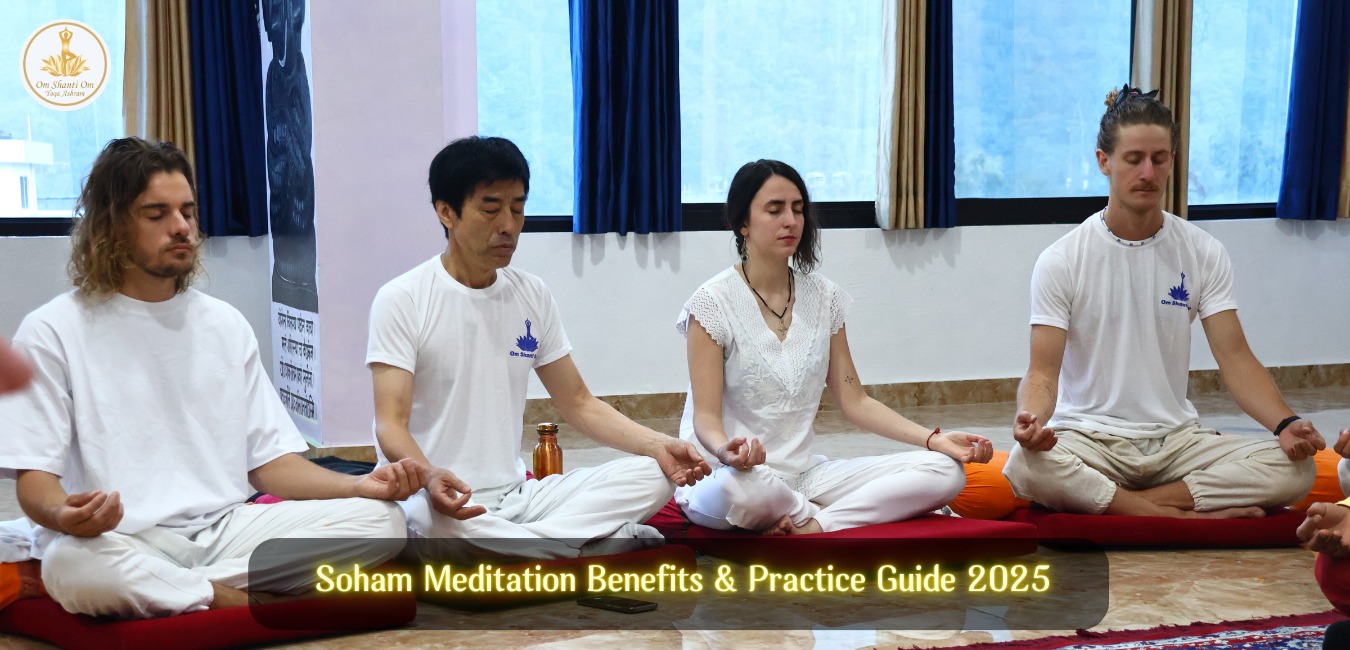



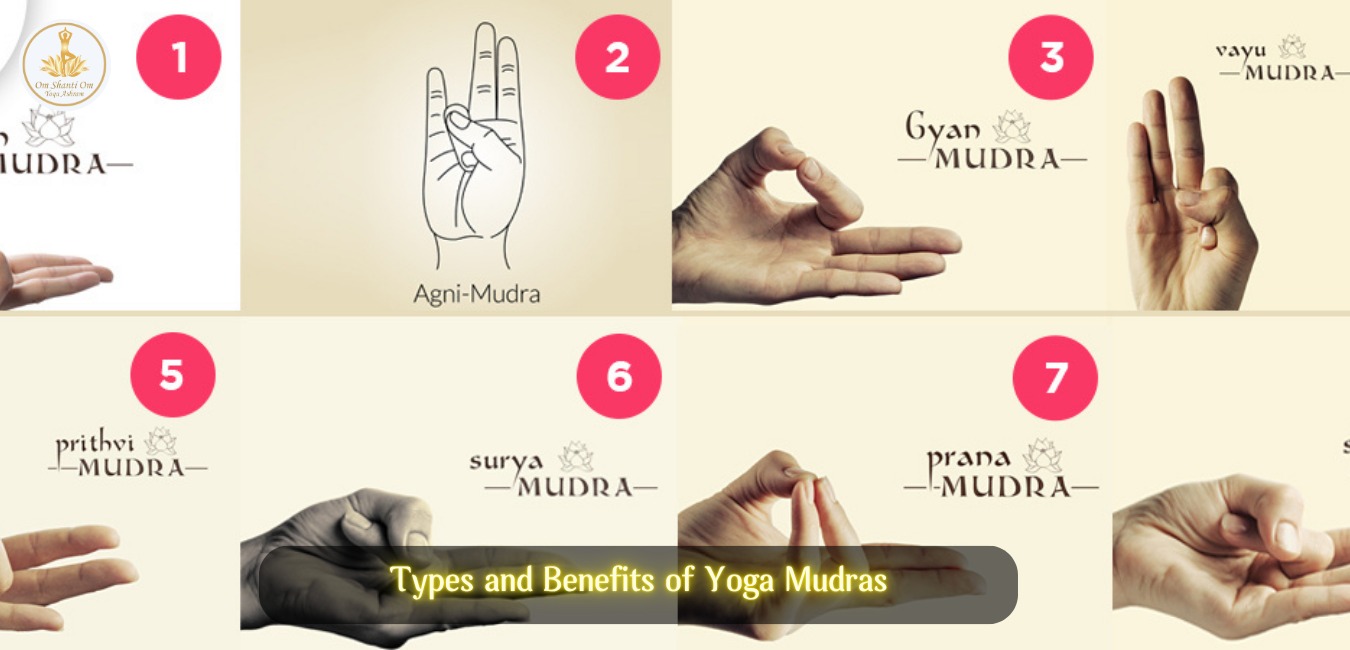
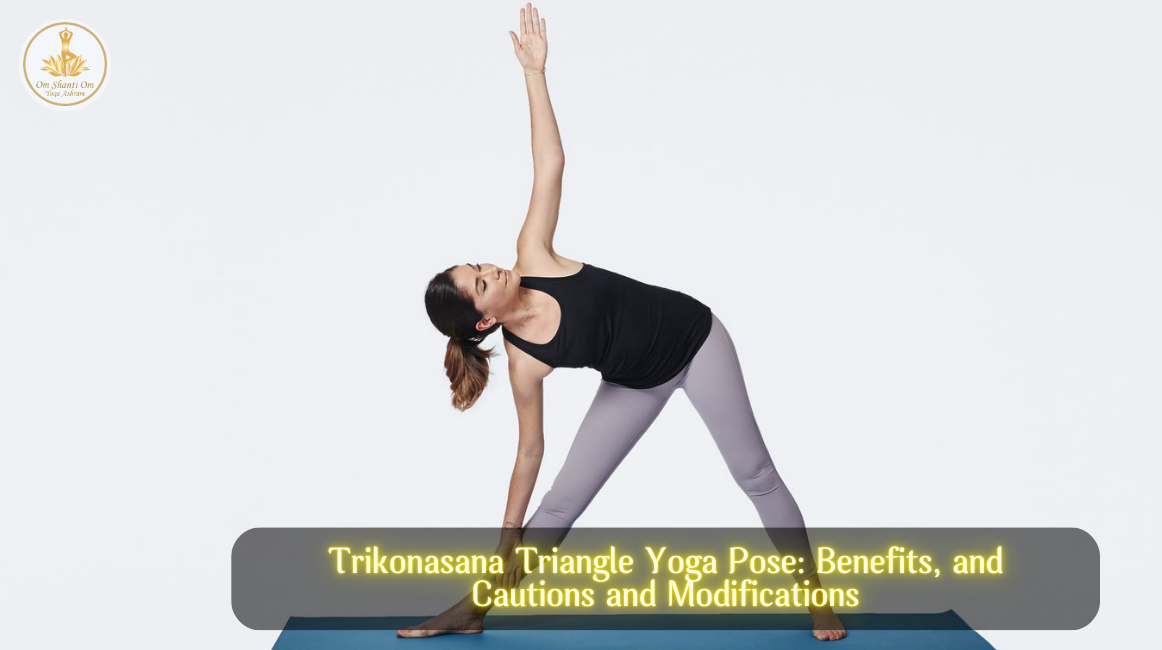
0 Comments
No comments yet. Be the first to comment!